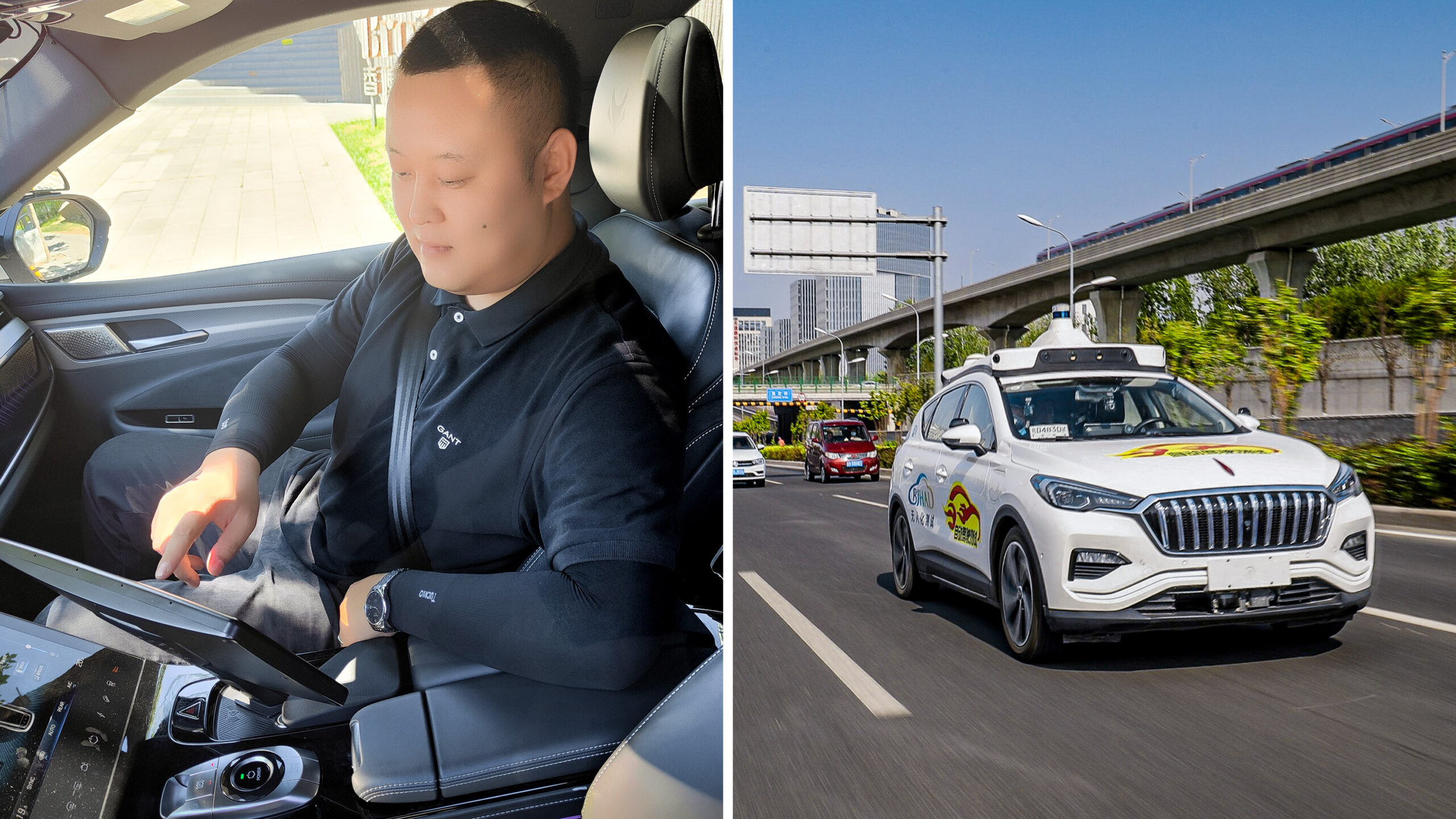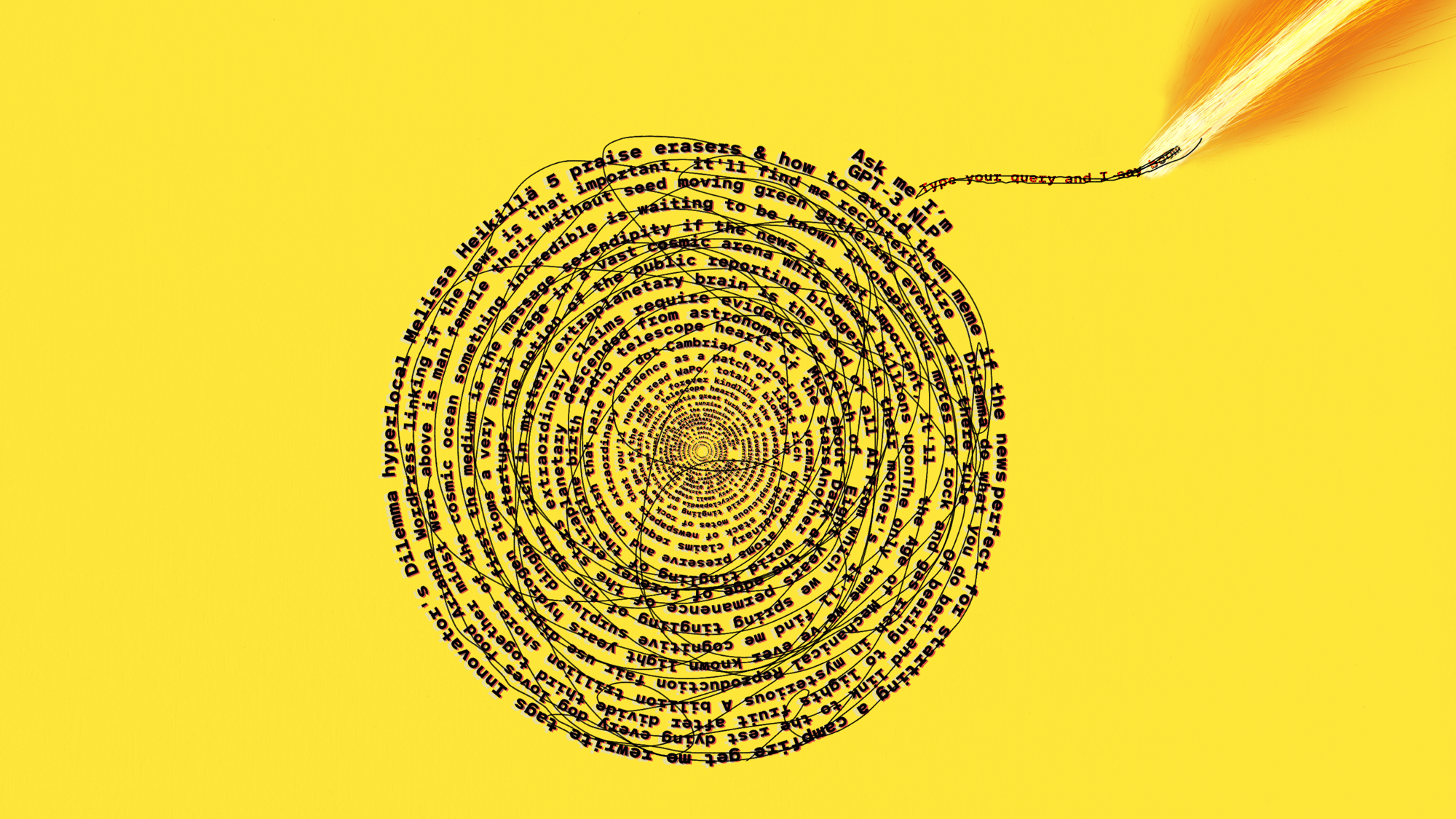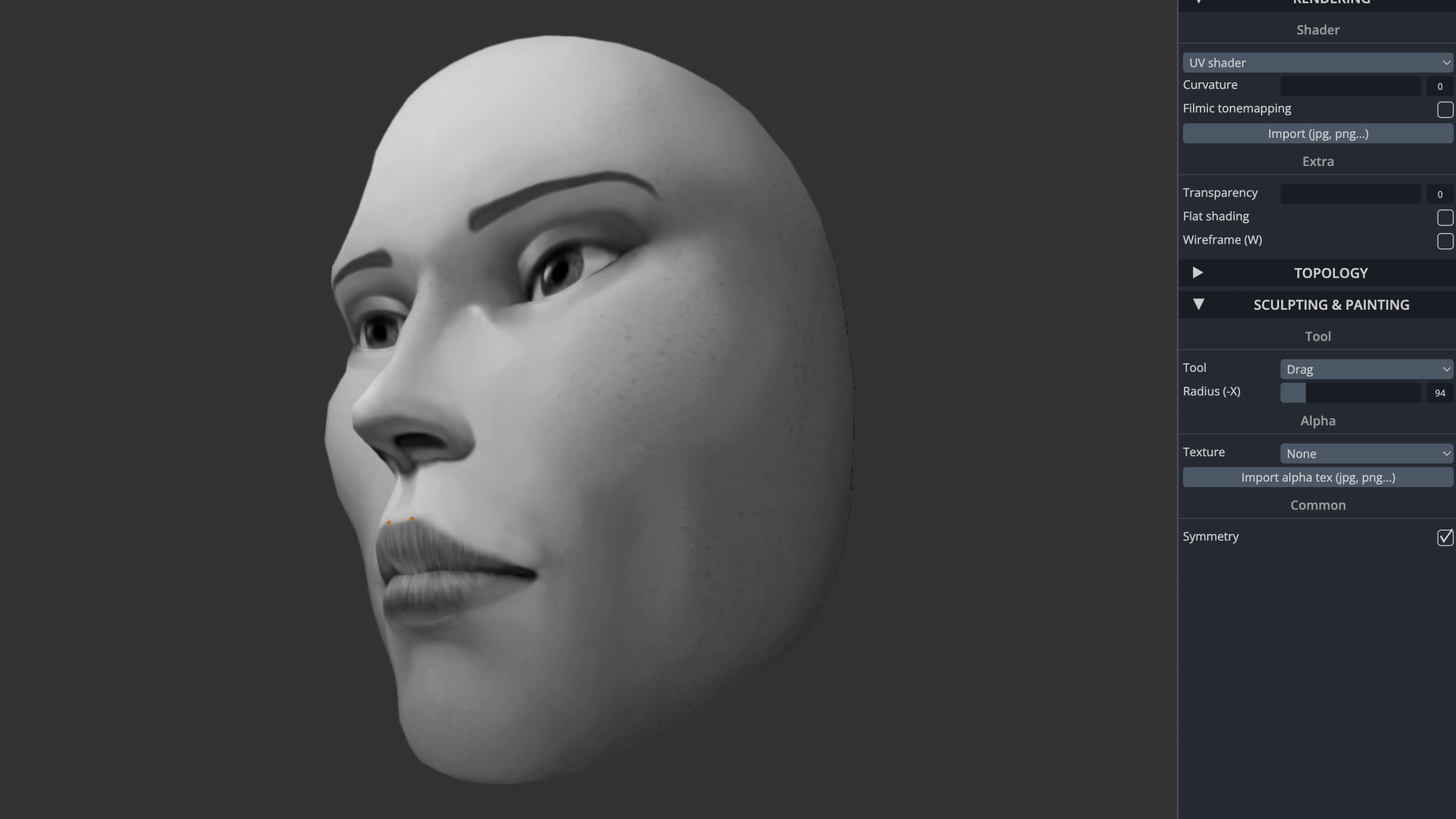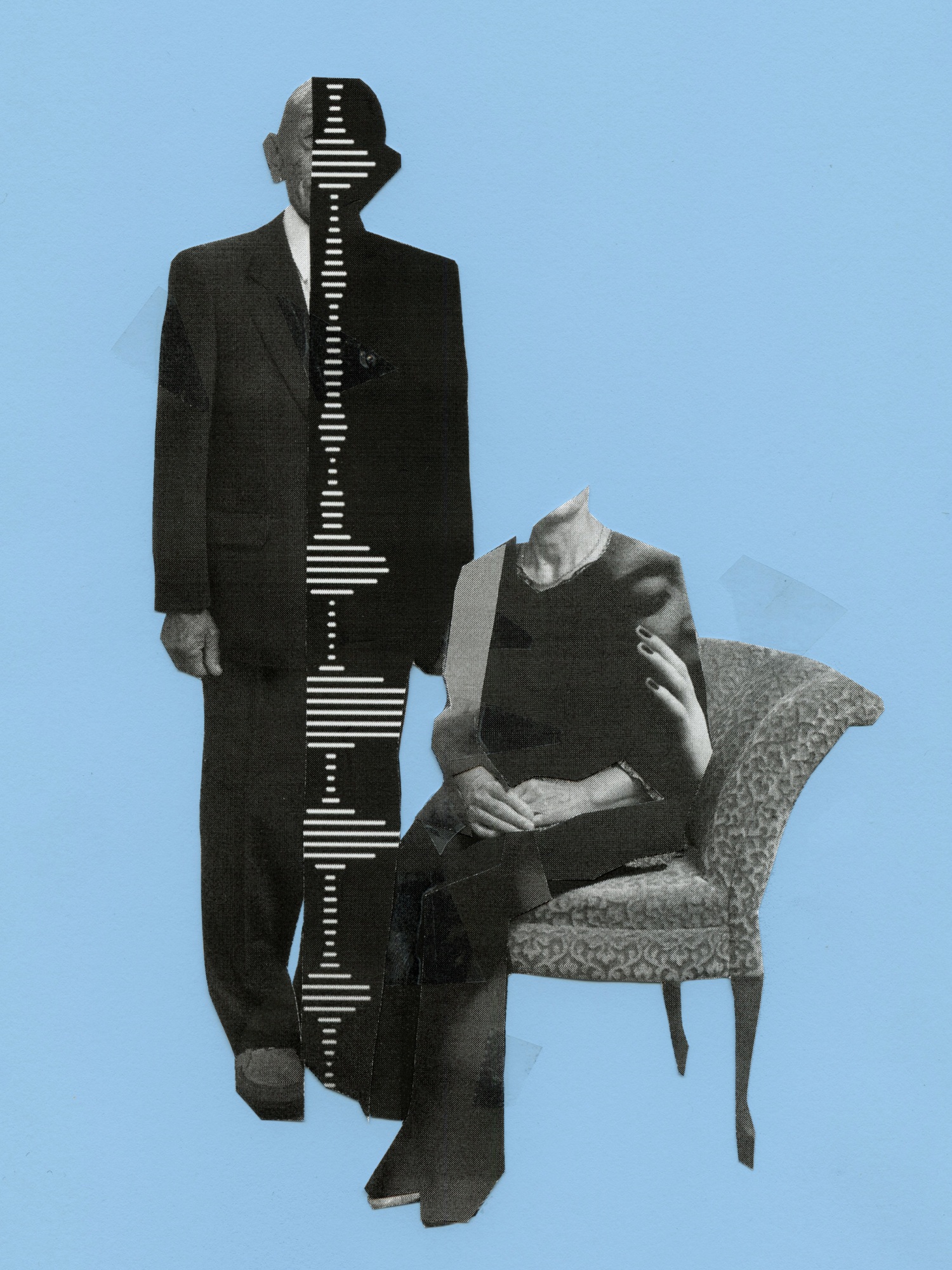Subtotal: 2.287,87€ (incl. VAT)
Our favorite stories of 2022
We like to think we’ve had a great year here at MIT Technology Review. Our stories have won numerous awards (this story from our magazine won Gold in the AAAS awards) and our investigations have helped shed light on unjust policies.
So this year we asked our writers and editors to comb back through the past 12 months and try to pick just one story that they loved the most—and then tell us why.
This is what they said.
Will Douglas Heaven
Senior editor, AI
Story: Inside the billion-dollar meeting for the mega-rich who want to live forever
Reason: Jessica Hamzelou gets to the heart of pretty much everything she writes about. But this piece is especially good. Reporting from an exclusive billionaires’ event in a luxury hotel in Switzerland that’s part scientific conference and part fundraiser for the mega-rich, she introduces us to a cast of longevity researchers and their benefactors, people wealthy enough to think they just might be able to buy their way out of dying.
Jess inserts herself into this murky world and gives us a glimpse of the hidden relationships driving this exciting but still sci-fi field forward. The details are devastating, with anecdotes about conference attendees doing press-ups in the aisles between talks and performing DIY blood tests at a banquet between courses. Throughout, we’re expertly guided between genuine science and Hail Mary quackery. Fascinating and hilarious, this is Jess at her best.
Zeyi Yang
Reporter, China
Story: Meet the scientist at the center of the covid lab leak controversy
Reason: There’ve been countless stories in the news that claimed to be the big scoop taking readers one step closer to the origin of covid-19; few delivered on their promises. This story, reported by our freelance writer Jane Qiu, is different. It combines incredible access to the central people in the lab leak theory with a genuine patience to hear all sides of the arguments. As someone who’s been voraciously consuming stories about covid origins, I came out of this one—dense with details from on-the-ground reporting—not feeling pressured to take the side of the author, but equipped with more information to judge for myself.
Antonio Regalado
Senior editor, biotech
Story: A day in the life of a Chinese robotaxi driver
Reason: Sometimes you can see the future in small details. Like when a Chinese driver told Zeyi Yang that after a day at work, he’d enter his own car on the wrong side. You see, Zeyi wrote about a robotaxi safety operator. It’s a strange job, sitting all day in the passenger seat, just in case. And it’s not a career that has great prospects. If automated taxis work, the whole idea is to make safety operators—and drivers like you and me—obsolete.
Amy Nordrum
Executive editor, operations
Story: VR is as good as psychedelics at helping people reach transcendence
Reason: I learned from this story that certain VR experiences can be as effective as psychedelics in evoking feelings of connectedness with others. That really surprised me! And I loved that reporting fellow Hana Kiros tried out one such VR experience for herself. Her vivid description really gives you a sense of what it was like to be there and what she took from it.
Charlotte Jee
News editor
What does GPT-3 “know” about me?
Reason: This was a brilliant story. It took something slightly abstract—large language AI models—and explained that even if we don’t know about them, they might “know” about us. These AI models are trained on data sets hoovered up from the digital detritus we leave all over the internet. Melissa demonstrated this by delving into what one leading model—GPT-3—had to say about her, and about our editor in chief, Mat Honan. The resulting piece is personal, engaging, and witty. However, it also makes a serious point about the lack of privacy and data protections in the world of AI training data. Anyone reading it will come away seeing those stupid posts and drunken photos they’ve left scattered all over the web in a new, scarier light.
Linda Lowenthal
Copy chief
Story: These scientists are working to extend the life span of pet dogs—and their owners
Reason: Literally the only thing wrong with dogs is that they don’t live long enough. Jess dived into how scientists are working to change that … and how their work is yet another way dogs could help us humans. I fell in love with this story even before seeing the art, but that part shouldn’t be missed.
Allison Arieff
Editorial director, print
Story: Why can’t tech fix its gender problem?
Reason: This story by the historian Margaret O’Mara is a fascinating but somber historical look back at how women became marginalized in the tech industry as it increasingly morphed more and more into an insider-y boys’ club. Over the decades, funding and support haven’t necessarily gone to the best and brightest but to the most well-connected. O’Mara shows how the problem of gender in tech isn’t so much a STEM problem or a pipeline problem as a money problem. “The tech industry loves to talk about how it is changing the world,” she writes. “Yet retrograde, gendered patterns and habits have long fueled tech’s extraordinary moneymaking machine. Breaking out of them might ultimately be the most innovative move of all.”
Melissa Heikkilä
Senior reporter, AI
Story: An MIT Technology Review Series: AI Colonialism
Reason: This series is a must-read on the AI industry’s murky practices that repeat the patterns of colonial history. Our former senior editor for AI Karen Hao spoke to communities around the world to investigate how AI is creating a colonialist global order, from South Africa’s private surveillance machine to the AI industry’s exploitative labor practices in Venezuela. It also offers stories of resistance and hope, and introduces us to the gig workers in Indonesia fighting back against algorithms and an Indigenous couple in New Zealand revitalizing their language with the help of AI.
Juliet Beauchamp
Engagement editor
Story: How to befriend a crow
Reason: Abby’s reporting on digital culture is always top-notch, but this particular story sticks out as a favorite of mine. Yes, you will find out how to become pals with your neighborhood crows. Importantly, though, this story is about the power of social media algorithms and how distinctly online trends translate IRL (spoiler alert: they’re not always successful). And honestly, it made me laugh.
Tanya Basu
Senior reporter, humans and technology
Story: The fight for “Instagram face”
Reason: Online beauty filters might seem like a fluffy subject on the surface—but they can have a huge impact on how we view ourselves. Tate’s piece here is on the conflict between platforms’ attempts to ensure people’s safety and the gigantic demand for these filters. What has stayed with me about her reporting: the filters that build in deformation are the ones that often go viral. When you think about how those filters can affect how we see ourselves and our world, it’s really mind boggling, and the separation between physical and virtual becomes all the more blurred as AR comes to play. It’s a piece that is at once disturbing and enlightening without being preachy. Tate’s work in this area is singular and important, and she’s a great guide through this messy world.
Rachel Courtland
Commissioning editor
Story: Inside the experimental world of animal infrastructure
Reason: I never really thought about how much roads have fractured our landscapes and ecosystems until I read freelance reporter Matthew Ponsford’s feature, for the urbanism issue of the magazine. For years, researchers have been trying to see if they can help wildlife literally cross the road, by building bridges and other forms of infrastructure. Do these strategies work? Turns out that question is harder to answer than you might expect.
Story: How mobile money supercharged Kenya’s sports betting addiction
Reason: Maybe it shouldn’t be too surprising that a technology that has made it vastly easier to move money around has also made it a lot easier to gamble it all away. But Jonathan Rosen’s dispatch from Kenya does more than simply point out an underreported aspect of the mobile money ecosystem. It shows how Kenyans are grappling with the problem—and fighting back.
Rhiannon Williams
Reporter
Story: Technology that lets us speak to our dead relatives has arrived. Are we ready?
Reason: This piece is such a sensitive exploration of grief and our willingness to test the technological limits of whether we can try to replicate the essence of a loved one, knowing it’s never going to quite be the same. It’s also a brave confrontation of the inherent risks that come with loving our friends and family, and a very human reminder of why those risks are worth taking.
Eileen Guo
Senior reporter, investigations
Story: What happens when you donate your body to science?
Reason: Sometimes the best stories answer questions you didn’t even know you had, and Abby’s beautifully written story on body farms is a perfect example. It treats a topic that we don’t talk about enough—death and, more specifically, our dead bodies—with a really hard-to-balance mix of curiosity, compassion, and great attention to detail. This was such a delight to read, and if you missed it the first time around, I highly recommend it now!
Abby Ivory-Ganja
Senior engagement editor
Story: Who’s responsible for climate change? Three charts explain.
Reason: I learned so much from Casey Crownhart’s stellar climate reporting this year, but I feel this piece about who is responsible for climate change will stick with me long past 2022. She does such an amazing job of contextualizing the big, big problems ahead of us, and in this case behind us, without making it feel completely doom-y. (Her newsletter The Spark is always a great read, too.)
Tate Ryan-Mosley
Senior reporter, tech policy
Reason: One of my favorite stories this year was the Worldcoin investigation by Eileen and Adi. The reporting on this story was so substantial and took a hard look at the predatory data extraction practices that so many companies are guilty of. I really appreciated the truly global scope of this story, and the writers’ examination of how the company’s altruistic crypto-enthusiasm compared with the distressing reality of its implementation.
























